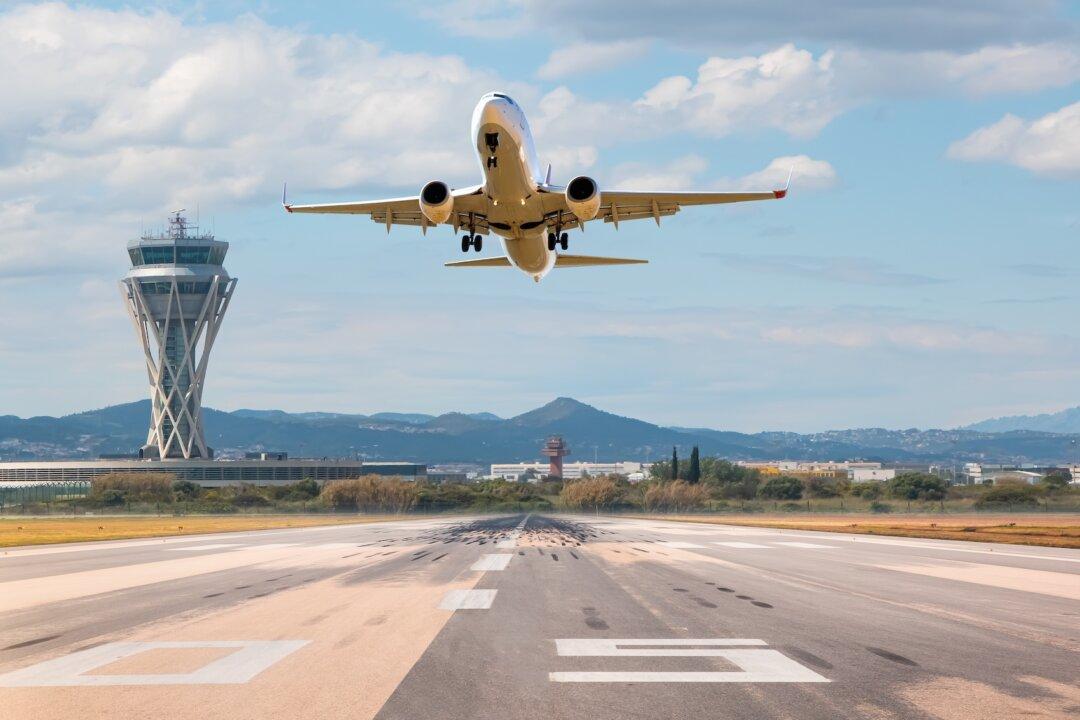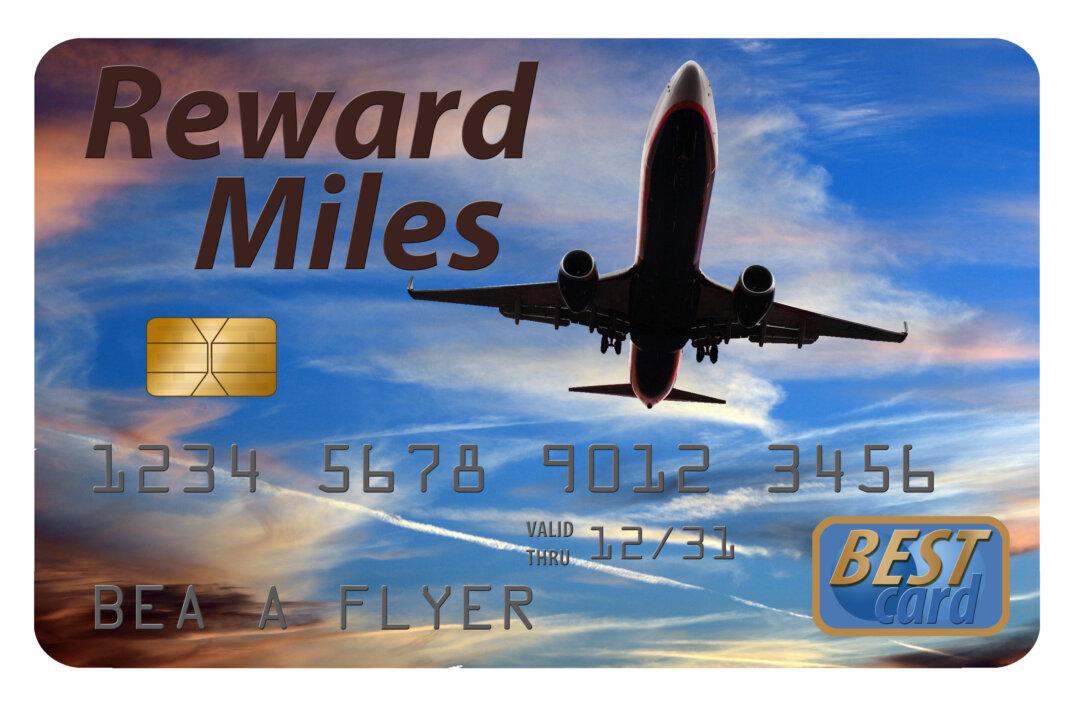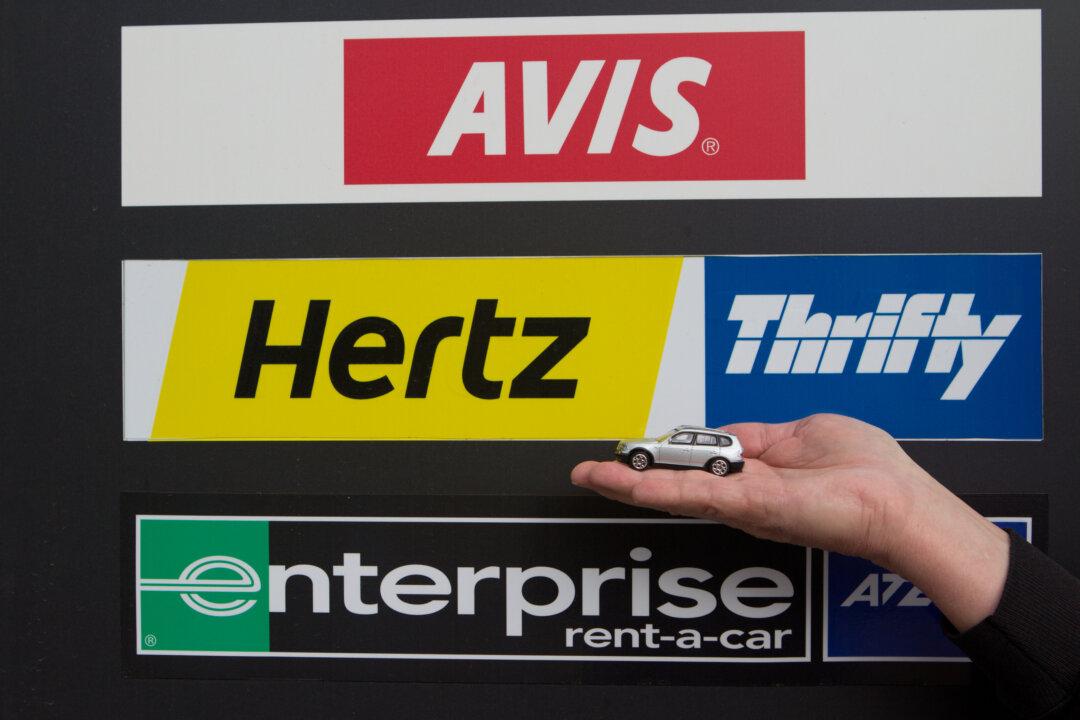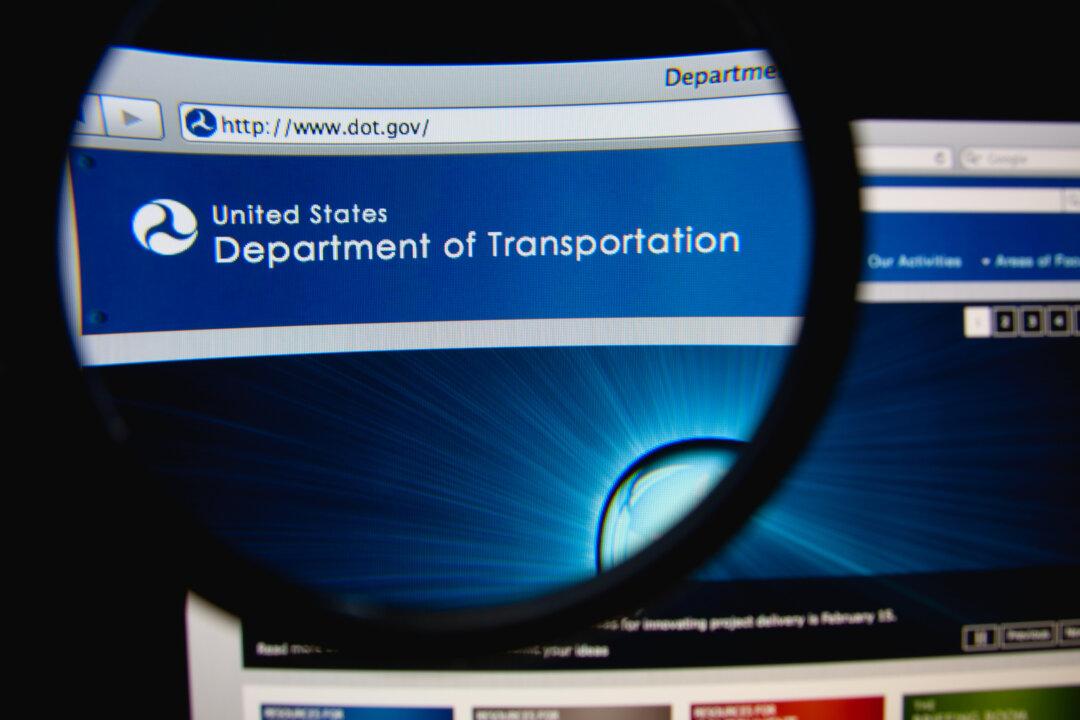The airline gurus are predicting a boom in transatlantic travel this summer. They’re also saying that airfares will be higher than pre-pandemic—maybe up to 30 percent. And last but not least, airports will remain swamped with travelers, with long lines everywhere. I can’t disagree. But you may well be going, anyhow, so you need to do what you can to get your best deal and minimize hassles. As usual, finding the right air trip can be a hassle. In no particular order, you need to make some key decisions up front.
Airlines: Beyond the regular legacy lines—American, Delta, United, British, Air France, Lufthansa, and such—a few low-fare lines are trying to capture a share of the market:
- Although it isn’t strictly a low-fare line, JetBlue is often a fare leader. It’s already serving London from Boston and New York and plans to add Paris this summer. So far, it hasn’t announced any plans for transatlantic flights in its new A220 planes—small, but with transatlantic range—presumably linking its U.S. hubs with smaller European cities. Be on the lookout for some announcements.
- Norse Atlantic—the sort-of successor to Norwegian—will fly to London/Gatwick from Boston, Ft. Lauderdale, Los Angeles, Orlando, San Francisco, and Los Angeles; to Berlin from Ft. Lauderdale, Los Angeles, and New York; to Oslo from Ft. Lauderdale, Los Angeles, New York, and Orlando, and to Paris from New York and Rome (FlyNorse.com/en-US). French Bee (us.FrenchBee.com/en) will fly from Los Angeles, Miami, and San Francisco to Paris.
No transatlantic airline offers an outstanding hard product in economy—they all offer insufficient legroom and seat width for a comfortable flight. French Bee is an outlier: It provides two to three inches more legroom than the others, but in the narrowest seats flying anywhere. The legacy lines now offer premium economy on wide-body flights, with substantially wider seats and greater legroom than in regular economy. But fares are roughly double the best economy fares, and “40 percent more room than economy,” per Air France, for 100 percent more money is a tough sell. And so far I haven’t seen any of the big-time fare promotions in business class that the mavens have been predicting.
The Iceland Play. Both incumbent Icelandair (IcelandAir.com/) and newbie Play (flyplay.com/) are beefing up summer schedules and pitching the Iceland connection/stop. As I look at summer fares, I see that an Icelandic line sometimes undercuts competition but not always. The Iceland lines are a no-brainer if you want to stop over in Iceland for a day or two—which I highly recommend—but otherwise they’re just in the mix with others.
No matter where you do it, connecting flights are always a hassle. If your home airport is a big U.S. hub or major destination for at least one line and you can catch a nonstop to your preferred destination, avoiding a change is probably worth at least $100 in reduced aggravation and potential delay. But if you have to change somewhere, try to avoid both the perennially clogged big U.S. East Coast gateways and the giant European hubs such as Amsterdam, DeGaulle, Gatwick, and Heathrow. Long lines and big delays are rife. Instead, look favorably at one of the Iceland lines if it can connect you once at Keflavik.
Searching for the best airfare is a pain, in part because so many lines add a stiff charge for “options” such as a checked bag that are actually near-necessities. The best search engines are imperfect, but Kayak lets you make first-screen comparisons based on whether you want a checked bag, and Expedia lets you filter for whether you want a seat assignment or no cancellation, or change fees. One of these days one of the search engines will combine all the relevant filters and have a real winner. Nevertheless, no matter how you find it, grab a good deal when you see it. Preferably, grab on a line that will let you keep the difference as a credit if you find a better deal.





